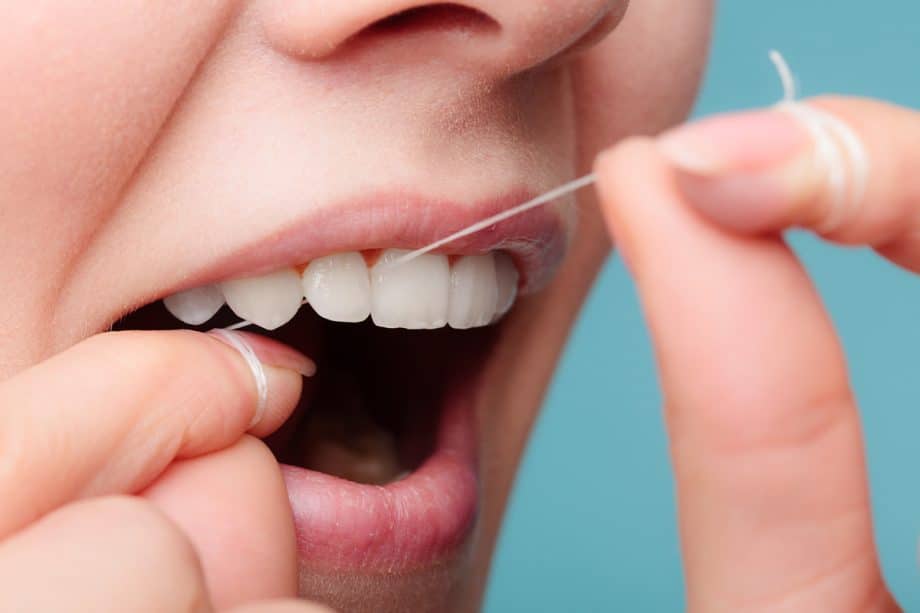Instilling healthy habits in kids starts early, such as brushing teeth, choosing healthy foods, and getting the right amount of sleep each night. And while these are all very important, we can’t overlook flossing.
Believe it or not, flossing isn’t just for adults. It is an essential part of oral hygiene for kids, too. Let’s explore why it matters and when your child should start flossing.
Why Flossing is Important for Kids
Brushing is often the go-to for maintaining oral hygiene. Although it plays a huge role, it simply cannot handle the job alone. Plaque and food particles find their way between teeth and below the gumline, where a toothbrush cannot effectively reach. Choosing not to floss leaves the teeth and gums vulnerable, causing tooth decay and gum disease.
There is no denying that most cavities are found in areas that are hard to reach. Pediatric dentistry can help, but teaching your kids to floss and making it part of their routine early will reduce their risk and establish a solid foundation for a lifetime of oral health.
When Should Kids Start Flossing?
You may be surprised to learn that flossing should begin as soon as your child has two teeth that touch, typically between the ages of two and three years. During this time, parents will need to help make it happen. Then, as the child grows, they can begin to floss on their own around 8 years of age, or whenever they have the dexterity and maturity to do so. Floss picks are often easier for little hands as they get the hang of caring for their teeth and gums.
Teaching Kids How to Floss
The more you floss, the easier it becomes. And knowing how to floss as a kid means it will be second nature by the time they reach adulthood. The key is to teach them proper technique. How do you do that?
Take it Slow
When introducing flossing to your child for the first time, take it slow. Many kids are resistant to it initially, but it will feel more natural as time passes. If your child already has a lot of teeth, start with just a few at first and gradually add in more.
Make Flossing Fun
Just because you have to floss doesn’t mean you can’t jazz it up a bit. Play music, create a reward system or a chart to track progress, and allow your little one to select their floss. Maybe investing in some colorful floss picks can spark interest.
Consistency is a Must
Flossing needs to be done every day without fail, along with brushing. Make this a consistent part of your child’s bedtime routine. Progress charts can help ensure it is repeated daily.
Be an Example
Kids love to be like their parents, especially when they are small. Set the tone for good oral hygiene and lead by example. Let your little one see you brushing and flossing your teeth, reiterating the fact that it is an important part of the day for everyone.
Frequently Asked Questions About Pediatric Dentistry
Is it normal for my child’s gums to bleed when first flossing?
A little bleeding when first starting to floss is normal, or when the teeth haven’t been flossed in quite some time. This should improve within a week or so of regular flossing. If it does not, schedule a dental visit.
How often should my child see the pediatric dentist?
It is recommended that children visit the pediatric dentist every six months for cleanings and checkups. This allows any areas of concern to be addressed promptly while also reinforcing the need for good oral hygiene habits.
Pediatric Dentistry for Good Oral Health
At Suffolk Pediatric Dentistry and Orthodontics, we are committed to helping our young patients develop healthy oral hygiene habits that will stick around for a lifetime. Whether it is for flossing support, cleaning, tooth pain, or orthodontic treatment, we are here for you and your family every step of the way.
Contact us today to schedule an appointment.

